A bit of a musical weekend, this weekend. A bit of a busy one too: there’s always too much in this town to choose between.
It started off with Big Pink Cake. Or, at least, the Big Pink Cake Indiepop All-Weekender, starting off on Saturday at the Cube. It offered free cake, so really there was no choice. Plus, Dimitra is always saying that we should go and see Pete Green, largely because he’s one of the best stars of indiepop to emerge from Grimsby in recent years. He does things like: release songs to benefit the Lincolnshire Wolds Railway,* too.
So, we ambled down to The Cube on Saturday afternoon for the free c… I mean, for the first stage of the Big Pink Cake weekend. The first few bands, including Mr Green, were to appear in the bar, which is really rather cramped. We saw a stream of bands play to the small crowd: The Short Stories, Countryside, Secret Shine, and at least one other band that weren’t on the roster. The singer of said band held up their CD and said that anybody there could have a free copy; the audience carefully avoided eye contact. No Pete Green though. He’d been moved to today’s setlist. Ah well.
After nipping out for food at Café Kino, we returned for the evening bands, over in the cinema. Being a cinema, each band had picked a film to be screened behind them, their choices all rather interesting. There was: something black-and-white from late-50s Britain,** chosen by French band Electrophönvintage; La Dolce Vita, chosen by The Westfield Mining Disaster; Convoy, picked by Amida, March Of The Penguins accompanying Santa Dog, and classic British film Les Bicyclettes de Belsize showing behind The Pocketbooks. That does, really, tell you more about each band than I could explain myself.*** We weren’t really impressed by the sound quality, though, or the way that the first song of each set turned into a sound check.
The Big Pink Cake weekender did – being, you know, a weekender – extend through to today, with an afternoon of bands at the Mothers Ruin. The bill included Pete Green (moved from Saturday, apparently) and Tender Trap, a band beloved of all C86/Sarah tweecore fans and/or economics experts everywhere. However, we didn’t go along, because we’d left on the Saturday feeling relatively uninspired. As luck would have it, in our meal-break down at Café Kino, we spotted a poster for a rather better-sounding gig that was on at the same time. So, instead, we spent our Sunday afternoon at the Scout Hut down on Phoenix Wharf.
At the Scout Hut we saw Jam On Bread and Mat Riviere, in the middle of a joint tour, supported by local band Boxcar Aldous Huxley. I’ve seen Boxcar Aldous Huxley before, and they were very good then; they were very good again today, with tales of Francis Dashwood, the responsibilities of the free press, and messianic movements in 19th century Canada. They were followed by Mat Riviere, who performed kneeling on the floor with a variety of keyboards and samples; and Jam On Bread, who had both a ukelele and a beard, and played both brilliantly.
I was sitting listening to Jam On Bread’s**** set, and I couldn’t help thinking: you know, his accent sounds a bit, well, Grimsbyish. Not really northern but not really southern, a bit flat and dull but with the full complement of vowels.***** But, of course, he couldn’t be: it might be a small world, but there’s no way that two stars of pop music, both from Grimsby, would both be playing gigs in Bristol on the same afternoon. And then: his lyrics mentioned that he wasn’t Swedish, because he was born in Grimsby. Gosh.
We didn’t get time to speak to Jam On Bread after the gig, so I didn’t have time to confirm his Grimsbyness face-to-face; but the internet seems to think it’s true. So: we did get to see a top Grimsby-born indiepop star this weekend, after all. It just wasn’t the one we’d been expecting to see when the weekend started. I think we might well have seen the best one, though.
* one of the country’s shortest steam railways, and hence in need of the donations. It will, if ever finished, be notable for being the country’s straightest steam railway, a good ten miles long and with utterly no curves. At present it runs for about a quarter of a mile, but it does have a somersault signal, which is obviously a plus point. I should point out that Pete Green’s song does largely blame Richard Beeching for the line’s original closure: in reality it didn’t shut down until 1970, whereas Beeching was sacked from the British Railways Board in ’65.
** easily dated from the railway carriages featured, if we’d got a better look at it
*** No, really, it does; although it would take rather more space to explain why. Maybe that will be a blog post for next week some time.
**** His real name is Steve Carlton, or at least, that’s what it says on the Internet
***** To be contrasted with the nearby Hull accent, which only uses one vowel. “E hed e slerce ef terst, smerked e feg, end went dern the rerd”
Keyword noise: Amida, Big Pink Cake, Boxcar Aldous Huxley, Bristol, cake, Electrophonvintage, Grimsby, Lincolnshire, North East Lincolnshire, gig, Jam On Bread, Lincolnshire Wolds Railway, live music, Mat Riviere, music, Phoenix Wharf, Redcliffe, Santa Dog, Scout Hut, Secret Shine, Steve Carlton, The Cube, The Pocketbooks, The Short Stories, The Westfield Mining Disaster.

 Home
Home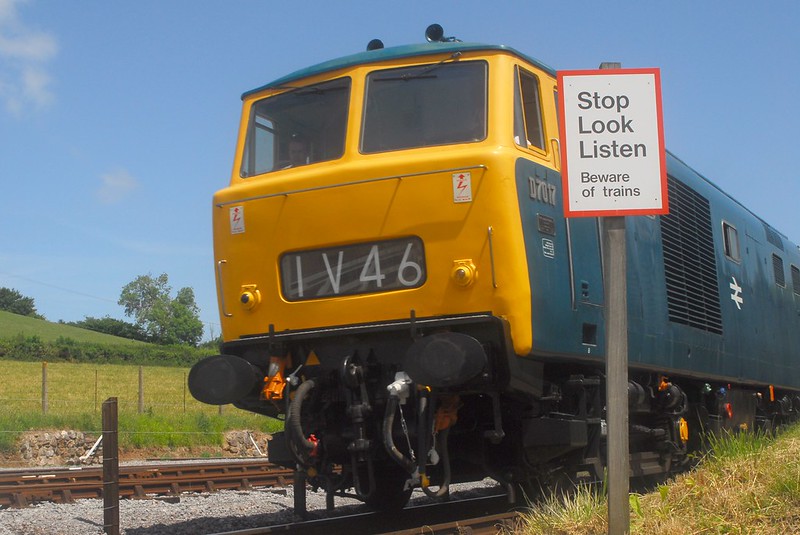
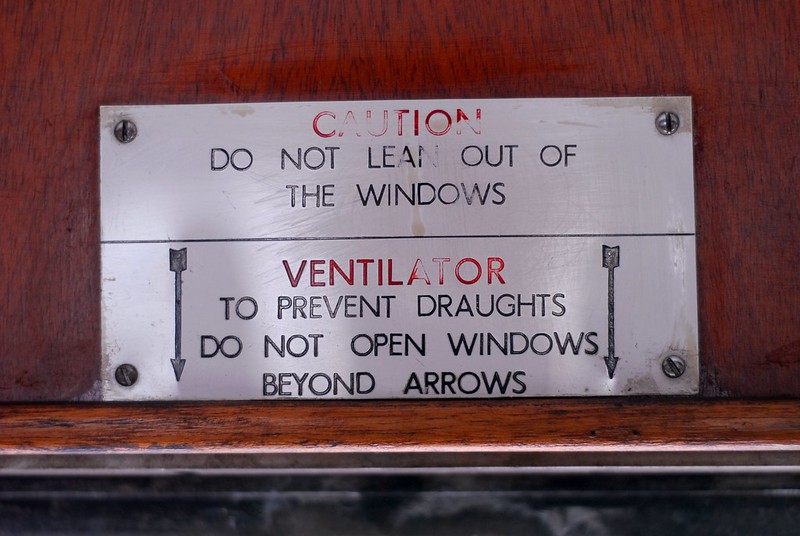
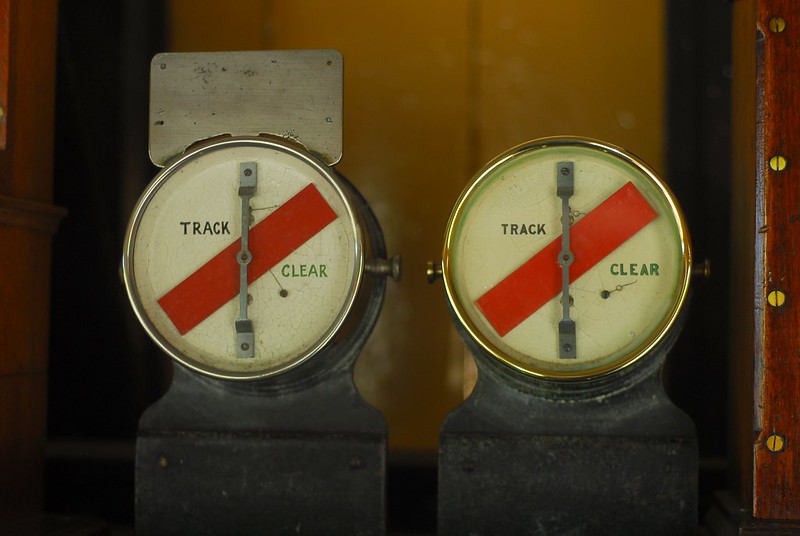
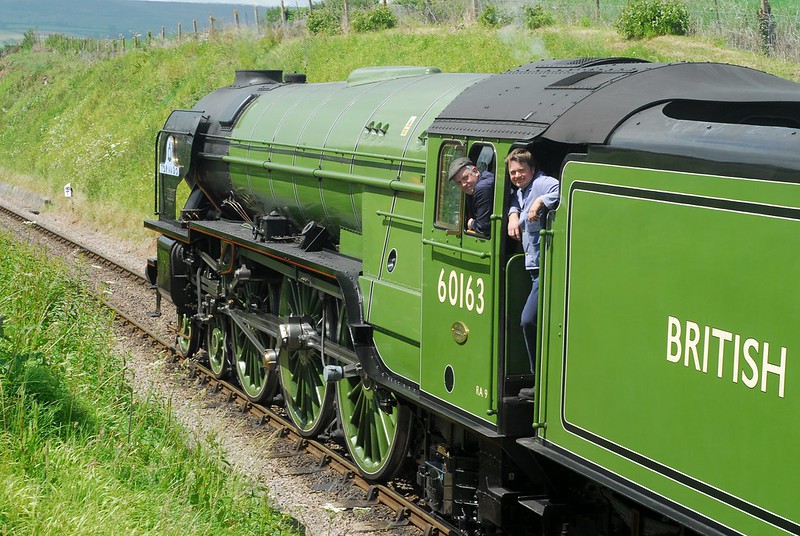

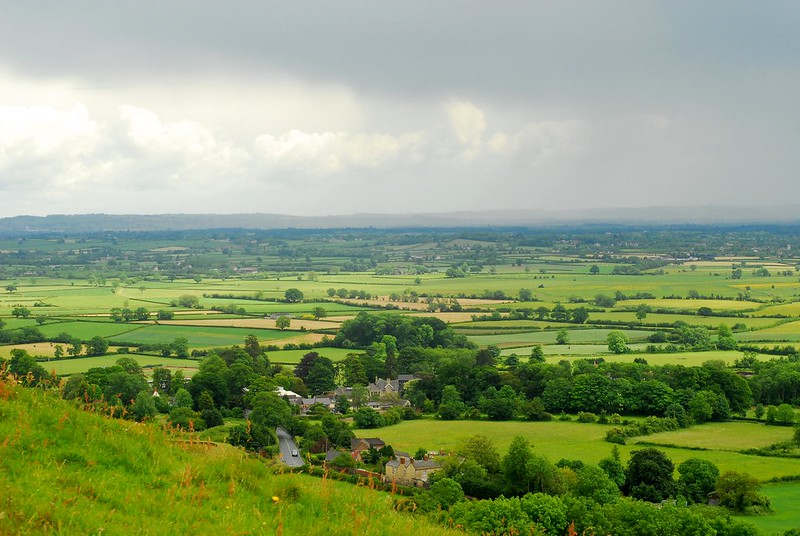
 Newer posts »
Newer posts »